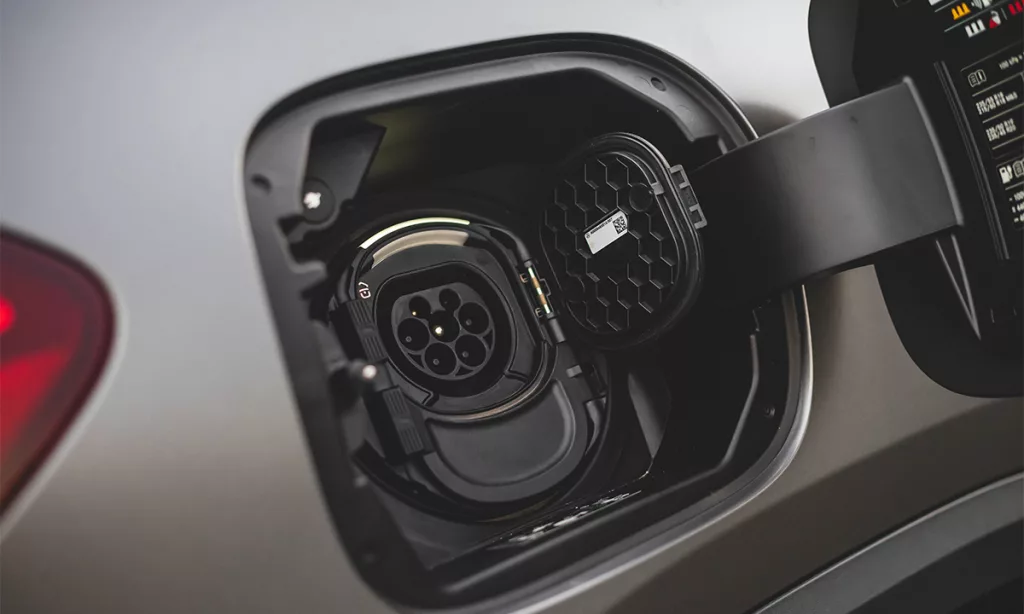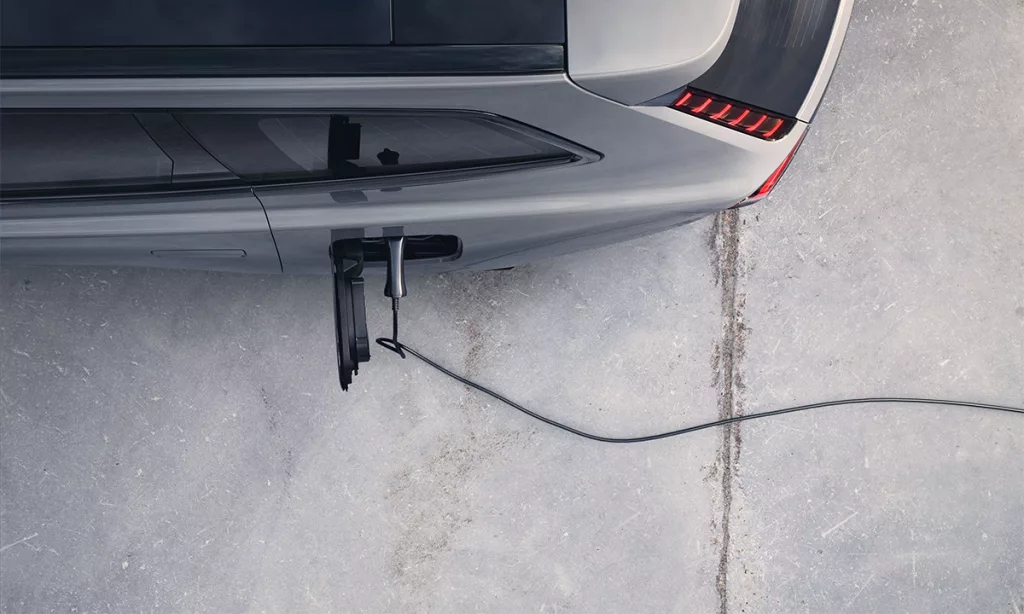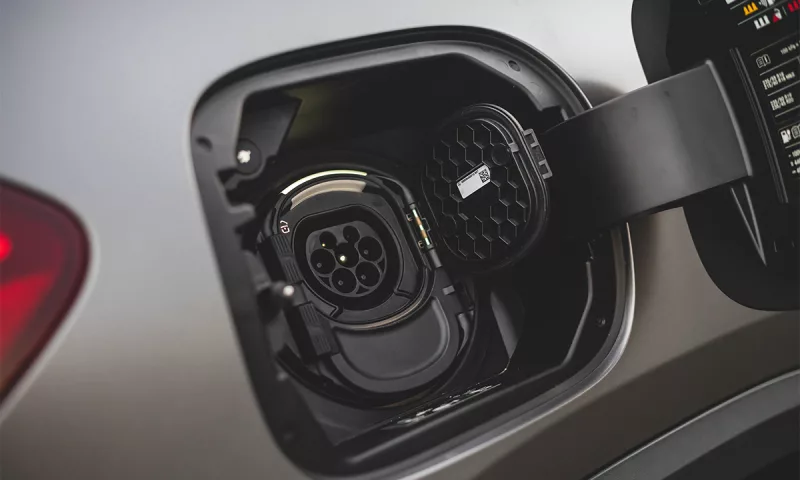So you want to be more environmentally conscious and reduce your carbon footprint? What if electric vehicles were not as green as the world would want you to believe… In our latest opinion piece, Alex Shahini details why EVs aren’t the answer to mobility we’ve been led to believe. 
As reliant as we are on mobility, its fundamental problem as it stands currently are vast amounts of carbon emissions emitted during production, use and disposal. Unfortunately, as a global populous, our lives wouldn’t be able to function without the ability to travel.
Looking for a new or used NEV? Find it here with CARmag.
Decarbonized driving solutions must be found and it has become a global imperative to reduce not only emissions but our carbon footprint as well in the hopes to offset the rising global temperatures and damaging effects on the environment.
Related: The hybrid Hilux has finally arrived! Sort of…
It is obvious with all new vehicle sales. Engine downsizing, restrictions to reduce C02 emissions and incorporating electrification into powertrains all serve as a short-term solution to the problem. Mercedes-AMG and their V8 lineup are slowly being replaced by potent four-pot hybrids, EVs are overtaking production and sales of conventional ICEs – the writing for change is on the wall.
Before you carry on reading, it is important to know that throughout a lifecycle which includes cradle to grave, EVs are stated to be as much as 75% less emission-polluting than a typical, modern and efficient ICE counterpart. Although this number would differ in South Africa, since our grid is predominantly composed of dirty energy, EVs still always come out on top but they are not as environmentally friendly as you may think and that is where the crux of this opinion piece begins.
In a modernised society that employs clean energy such as solar, wind, hydroelectric or anything renewable, an EV’s daily use produces no additional carbon. The naive myth that they are carbon neutral is what has been debunked in the past few years as the technology has become more prevalent. What this means is that the new industry still carries with it a fair amount of environmentally unfavourable processes.
The process of mining and gathering the natural resources which are required to create lithium batteries and electric motors is where they fall shorter than the world would like us to believe. While conventional ICEs are composed of easily accessible raw materials, those that are required to create components for EVs are not.
Elements such as Lithium, Cobalt and Nickel are consequential in the manufacturing of electric powertrains but are not very easy to come by. Lithium deposits are found in arid areas that are water scarce but require substantial amounts of it paired with energy to refine it to a point where it can be used for batteries. Other than the energy required, this can have adverse effects on water quality in the vicinity of the mine creating a geographical catastrophe.
Cobalt on the other hand is an element that exists predominantly in the fertile regions of Africa. The Democratic Republic of the Congo has some of the largest mines that harbour the raw material but has few laws that protect those that mine it. Extracting the metal also requires smelting which emits sulphur oxide and other harmful air pollution but the ethical and grave human rights concerns have made Cobalt particularly problematic for EVs. More on this here.
While the recycling of most of these raw materials is possible once they have served their life cycle, there are still many hurdles that need to be crossed before EVs become permanently mainstream. Don’t forget that the UK is banning the sale of all new ICE by 2030 and looks to replace over 30 million vehicles on their roads with more sustainable alternatives. At current output, global availability of resources wouldn’t be able to satisfy the UK’s need for EVs, let alone the rest of Europe, North America and Asia.
Some automakers have already caught wind of this. Toyota being on is following a multi-pathway approach by not placing all of its eggs into the EV basket. Research and development for more efficient ICEs, hybrids and other NEV continues in Japan which seems to be the most logical solution.
While electrification may be the short-term solution to kerbing the burgeoning threat of CO2 emissions, I highly doubt whether it will be the long-term solution unless its process and materials can be more readily accessed while causing little damage to the environments of which it is harnessed. Who knows, perhaps within the next decade, hydrogen power will emerge as victor.








